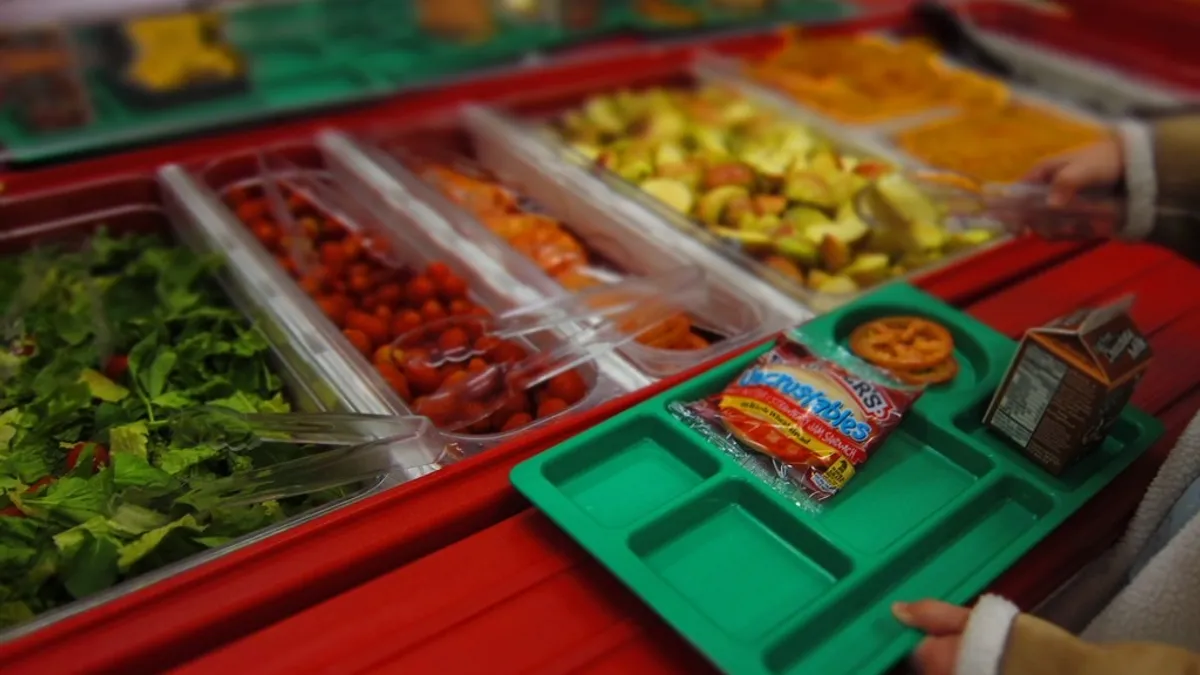Dive Brief:
- New York Gov. Andrew Cuomo addressed the issue of “lunch shaming” in his State of the State address this week, urging state lawmakers to launch the “No Student Goes Hungry” program.
- More than 60% of the state's students are eligible to receive a free or reduced-price breakfast, but only 34% of the state's students actually participate in the program, a situation Cuomo blames, in part, on “lunch shaming” by school officials.
- Cuomo also said he plans to propose legislation this year to expand the state’s “Farm to School” lunch program, which buys produce from local farms for use in school nutrition programs.
Dive Insight:
Child nutrition challenges affect almost half of the school population nationwide. Roughly 19,700,000 students receive free or reduced lunches in the U.S., and roughly 47.5% of the student population are eligible. In many districts, the percentage is far higher. Child nutrition affects the way students perform in school, and so the issue is important from an educational as well as a financial point of view.
However, school districts are also under pressure to balance the books when it comes to child nutrition because they must make up the losses elsewhere. In some school districts, this has led to the practice of “lunch shaming,” which stigmatizes children for the unpaid debts owed by parents. Last year, New Mexico took its first steps to abolishing the practice by instituting a “Hunger-Free Students Bill of Rights.” Now, other states are beginning to draw up similar measures, and the issue is drawing bi-partisan support at the federal level.
School districts need to be aware of any “lunch shaming” policies and make efforts to correct them. One way to address the issue is by encouraging the full participation of eligible parents in the school’s free and reduced lunch program. Some schools are also addressing the issue through new lunch debt collection plans, including fund-raising campaigns. Ultimately, the state and federal legislatures can help by addressing funding for these programs. But in the meantime, schools need to make sure children don’t suffer emotionally as a result.







 Dive Awards
Dive Awards





